Many cooks refer to well-seasoned cast iron skillets as the original non-stick pan. A cast iron skillet is a versatile piece of cookware, going from the top of the stove to the oven with ease, provided the handle is also cast iron. The secret to a non-stick skillet is in the seasoning and cleaning process. Improper seasoning, cooking acidic foods and incorrect cleaning methods can all remove the non-stick capabilities. Achieving and maintaining a non-stick cooking surface is uncomplicated and undemanding.

Step 1 Heat oven
Heat an oven to 350 degrees Fahrenheit.
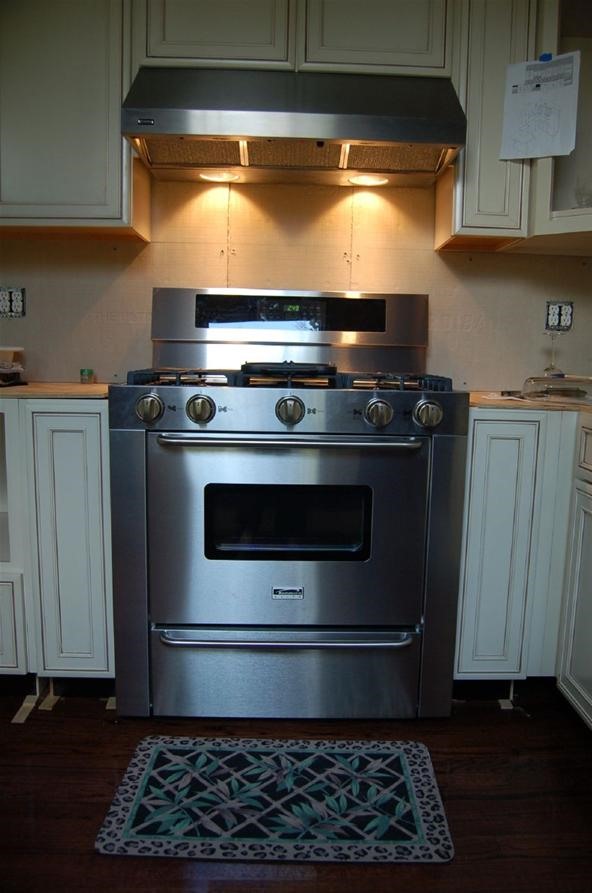
Step 2 Melt shortening
Place the skillet on a stove burner and melt 1 tbsp. shortening. Remove the skillet from the burner and set it on a thick layer of aluminum foil or a sturdy cookie sheet.

Step 3 Spread the wealth
Spread the melted shortening over all interior surfaces with a pastry brush, folded paper towel or cloth. Soak up excess pooling liquid shortening with paper towels so only a light layer of melted shortening remains on the surfaces.

Step 4 Place on drip tray
Turn the skillet upside down on the cookie sheet or layered aluminum foil to allow excess shortening to drip from the inside surfaces while seasoning.

Step 5 Place in oven
Place the cast iron skillet in the oven for one hour. Turn the oven off and leave the skillet in the hot oven until the oven and skillet cool to room temperature.

Step 6 Remove and wipe
Remove the skillet from the oven and wipe the exterior surfaces with a paper towel to remove any shortening that may have accidentally dripped onto the exterior. The skillet is now seasoned and non-stick.

Tips
- A small amount of smoke during the seasoning process is normal. Open a window to ventilate the kitchen.
- Cook foods with a high fat content for the first three to four uses to deepen the seasoning.
- Use your cast iron skillet frequently to build up the seasoning and non-stick coating.
- Allow a skillet to cool to room temperature before cleaning.
- To clean a cast iron skillet after use, scrape out remaining food with a spoon, pour hot water over the skillet and scrub with a scrub brush. Dry the skillet completely. Coat the inside of the skillet with a light layer of vegetable oil and wipe away excess with a paper towel.
Warnings
- Avoid cleaning with soap as this removes the seasoning. After cleaning with soap, re-seasoning is necessary to restore the non-stick surface.
- Do not use abrasives on a cast iron skillet.
- Do not allow the skillet to soak in water.
- Do not wash in an automatic dishwasher.
- Avoid cooking acidic or alkaline foods for the first eight to 10 uses to protect the seasoning.
Just updated your iPhone? You'll find new emoji, enhanced security, podcast transcripts, Apple Cash virtual numbers, and other useful features. There are even new additions hidden within Safari. Find out what's new and changed on your iPhone with the iOS 17.4 update.



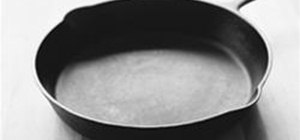
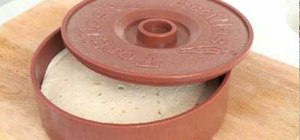

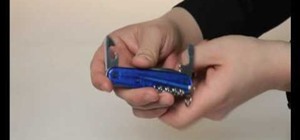
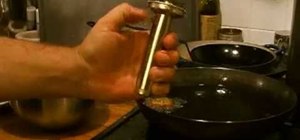



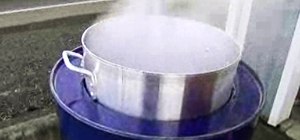

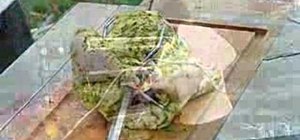



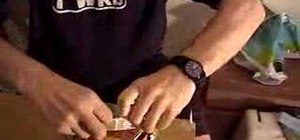
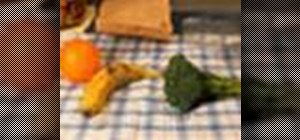
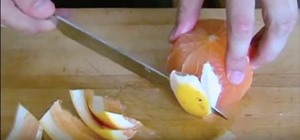

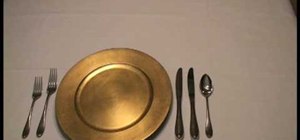
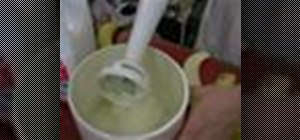

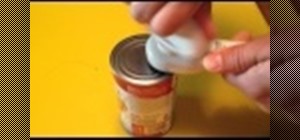


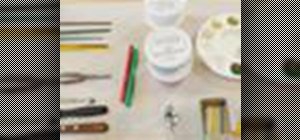
Be the First to Comment
Share Your Thoughts